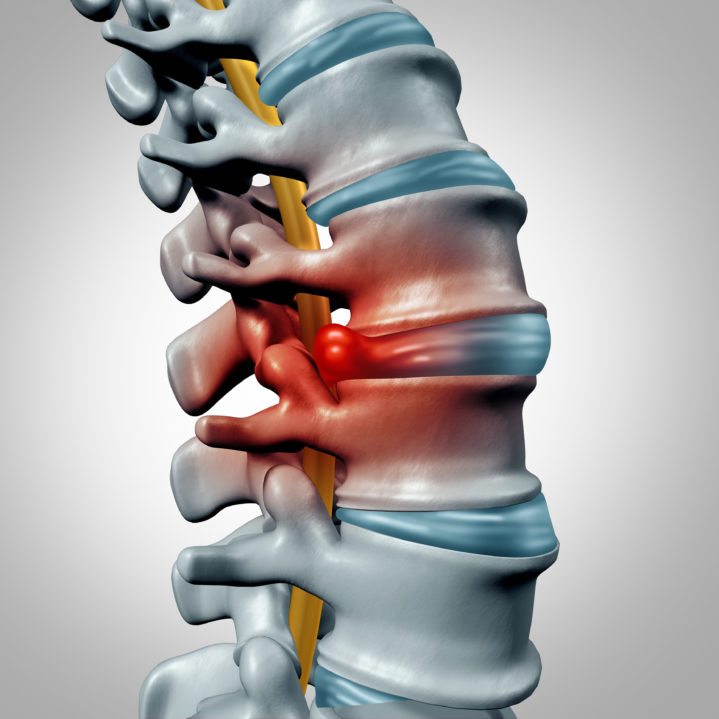
Back pain may increase as people grow older and some of the symptoms that people experience can be much more severe than others.
A herniated disc at L5- S1 is one such problem. Fortunately, at the onset of these types of back problems, there are steps that can be taken.
With that being said, here are some very useful recommendations to speed up the healing process.
Avoid the Common Causes
First of all, before back pain can be resolved, the source of the pain must be identified. When a disc is herniated in the L5-S1 area, this is caused by lifting excessive loads. When a load is too much to bear, additional pressure is placed on the vertebrae. Therefore, one of the first recommendations of any treatment as it relates to limiting back pain in this area, is to stop heavy lifting.
Bed Rest
After the source of pain has been identified, one of the steps in the healing process is to get an appropriate amount of rest. The recommendation is up to two days of rest because anything longer than that has not shown to speed up the recovery process.
Non-Steroidal Anti-Inflammatory Drugs
In addition to getting the proper amount of rest, another part of the healing and recovery process may entail taking non-steroidal anti-inflammatory drugs to assist with healing and alleviating pain.
Some physicians may prescribe naproxen or ibuprofen to the patients that they treat. However, the type of anti-inflammatory drugs and their frequency will often depend on the circumstances and the individual.
Perform Healing Exercises
Another big part of the healing process is exercise, specifically exercises designed for this area of the back. Before an individual starts any type of regular regimen to treat a herniated disc, it is important that they know how to distinguish which exercises are beneficial from those that may cause further disruption to the area.
#1 – Perform Exercises that Stretch and Flex the Back
Stretching exercises are easy for most people, especially because they can be done by simply standing up and leaning backward.
Flex and Extensions
Flex and Extension exercises can also be easily performed. These are typically started and completed while the individual is standing up, and then bending forward slowly.
#2 – Core Stabilization Exercises for a Herniated Disc
Core stabilization exercises are also a significant part of the healing process. These exercises are designed to help with strengthening the abdominals and the lower back muscles.
For example, to perform these kinds of exercises, people will learn all about weight resistance training. It is also important to note that a basic sit-up can also help with treating this type of disc herniation back problem.
When you are dealing with a moderate disc herniation at L5-S1, there are some things that you can do to facilitate the healing process. Most people may start their treatment by identifying the source of their problem and then eliminating it from their daily routines.
Once the actual problem or problems have been identified, there are a few other things that can be done to speed up the recovery process. Some of these include getting the proper amount of rest, adding in non-steroidal drugs (if needed), and performing the right types of healing exercises.
To speak with a specialist about a herniated disc at L5-S1, contact the Minnesota Spine Institute today.
Read more: Patient success story from a herniated disc at L5- S1
